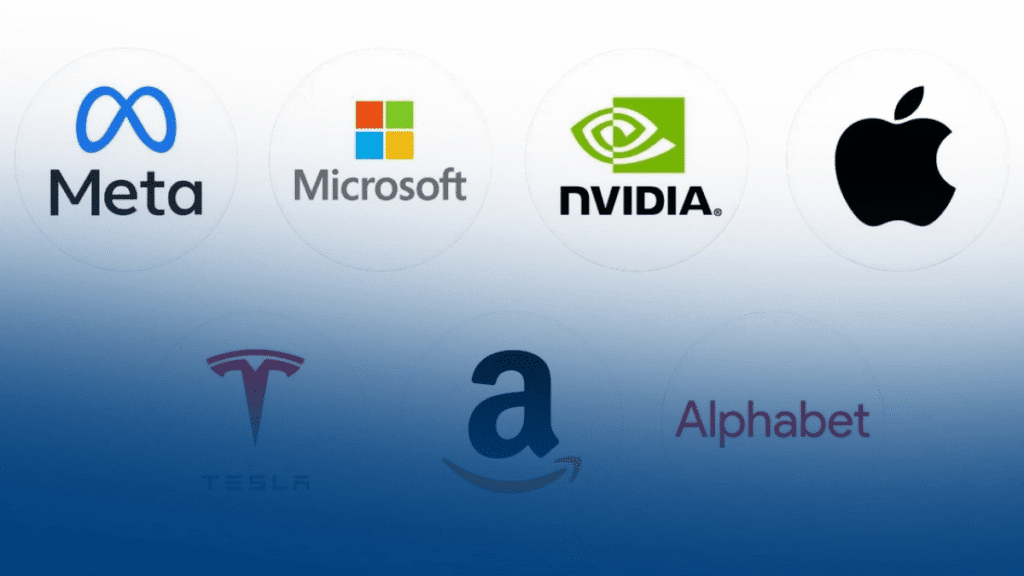Table of Contents
The era of smartphones, while not over, is evolving rapidly. Major tech companies are reimagining a world where our interaction with technology no longer revolves solely around rectangular screens. From Apple to Meta, and Google to Samsung, tech giants envision a future beyond smartphones that is immersive, intelligent, and integrated with everyday life.
The End of the Smartphone Era?
While smartphones still dominate global communication, the plateauing innovation and maturing market suggest that a paradigm shift is underway. Tech giants envision a future beyond smartphones by investing in wearables, augmented reality (AR), virtual reality (VR), artificial intelligence (AI), and ambient computing.
Apple’s Vision Pro, Google’s ARCore, and Meta’s Quest 3 signal this transition. Each company is focusing on extending digital interactions into our physical environments. The shift isn’t just about replacing smartphones but reimagining how we access information and interact with devices.
Key Technologies Leading the Shift
Augmented and Virtual Reality
AR and VR are at the heart of the next-gen tech movement. Meta is spearheading this with its metaverse vision and VR headsets, while Apple’s Vision Pro blends AR with real-world applications. Google and Samsung are working on mixed-reality devices to compete in this space.
These technologies enable users to interact with 3D interfaces, overlay information in real-time, and engage in immersive environments—making traditional smartphone screens redundant.
Wearables and Smart Glasses
Smartwatches, fitness trackers, and smart rings are just the beginning. Smart glasses are projected to become the new communication standard. Apple, Meta, and Snap are developing glasses that project notifications, directions, and calls right into your field of vision.
Entities extracted: Apple, Meta, Snap, smart glasses, augmented reality, wearables
Artificial Intelligence and Ambient Computing
Ambient computing refers to technology that blends seamlessly into the environment. Amazon’s Alexa and Google Assistant are prime examples of early-stage ambient computing. As AI becomes more advanced, devices will anticipate user needs, reducing the need for manual commands and interfaces.
Imagine walking into a room and your devices adjusting temperature, lighting, and music preferences automatically. Tech giants envision a future beyond smartphones where AI does the thinking, and users simply live.

Comparison Table: Tech Giants Envision a Future Beyond Smartphones
| Feature | Smartphones | Future Tech (AR/AI/Glass) |
|---|---|---|
| Screen-based interaction | Yes | No (AR/Voice-based/UI overlays) |
| Portability | High | Higher (Wearables) |
| Immersion | Low | High (VR, Mixed Reality) |
| Battery life | Moderate | Improving with new tech |
| AI Integration | Partial | Deep & Predictive |
Long-Tail FAQs
Will smartphones disappear completely?
Not immediately. However, tech giants envision a future beyond smartphones where mobile devices become secondary interfaces, supported or even replaced by smarter, more intuitive technologies.
What companies are leading the post-smartphone era?
Apple, Meta, Google, Microsoft, Amazon, and Samsung are among the most invested in the technologies of the post-smartphone future. Tech Giants Envision a Future Beyond Smartphones
How will these technologies impact privacy?
With always-on devices, privacy concerns are heightened. Companies are working on enhanced security protocols and on-device processing to protect user data.
Industry Leaders Speak Out
Tim Cook of Apple has stated that AR could be as impactful as the smartphone. Mark Zuckerberg is heavily invested in Meta’s virtual universe. Sundar Pichai envisions a world where Google AI simplifies daily routines with minimal device dependence.
Entities extracted: Tim Cook, Mark Zuckerberg, Sundar Pichai, Apple Vision Pro, Meta Quest, Google AI
Practical Use Cases and Real-World Examples
- A doctor using AR glasses to view patient vitals and history while performing a check-up
- Construction workers wearing smart helmets with integrated blueprints
- Runners using AI-driven earbuds that track progress and adjust music tempo accordingly
- Smart homes where environments change based on your mood, time of day, or health status
Content Tone and Style Tips
- Use semi-formal yet informative language
- Integrate conversational analogies (“Think of smart glasses as the new smartphones on your face.”)
- Quote statistics and public figures to add credibility
- Use short, engaging paragraphs and bulleted lists to enhance readability
Competitive Edge Opportunities
- Include interactive charts or AR/VR product demos
- Offer a downloadable PDF with future tech trends
- Add comparison infographics to break down post-smartphone ecosystems
- Explore under-covered tech like Neuralink or OpenAI’s voice tech
Conclusion
Tech giants envision a future beyond smartphones—and it’s coming faster than expected. Through innovations in AR, AI, and ambient computing, our digital lives are being redefined. As devices become smarter and less visible, user experience will transform into something more seamless, predictive, and immersive.

